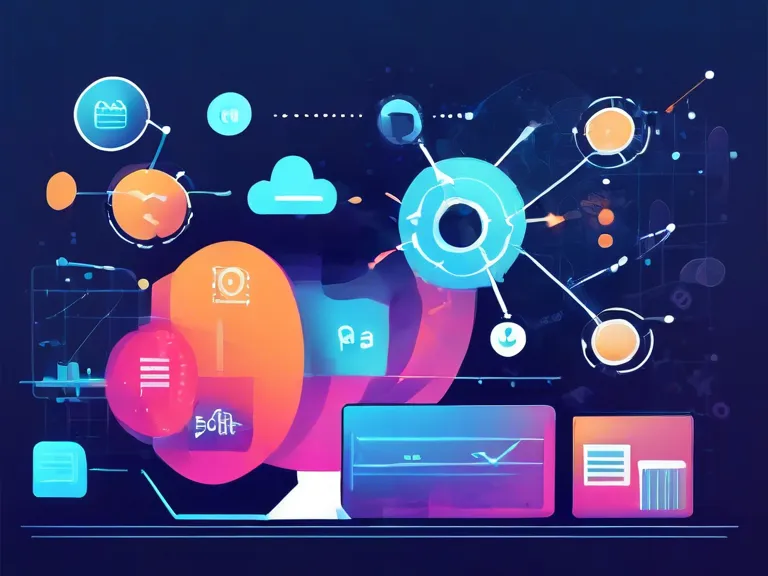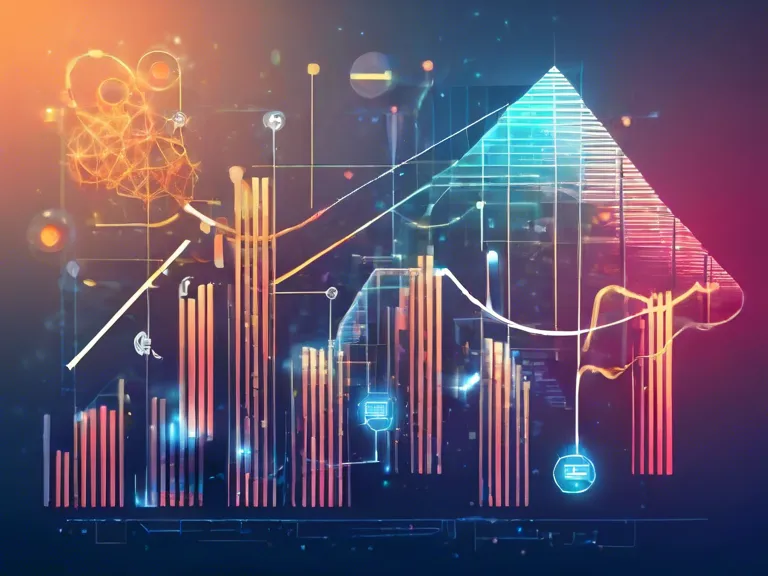
Developing a Trendy Data Science Scope: Techniques for Cutting-Edge Analytics
In the ever-evolving field of data science, staying updated with the latest trends and techniques is crucial for professionals to stay competitive. With the rapid advancements in technology and the increasing availability of data, data scientists need to constantly adapt and refine their skills to meet the demands of the industry. In this article, we will explore some of the top techniques for cutting-edge analytics that data scientists can leverage to develop a trendy data science scope.
One of the key trends in data science is the use of machine learning algorithms for predictive modeling. Machine learning techniques, such as deep learning and reinforcement learning, can help data scientists extract valuable insights from complex datasets and make accurate predictions. By mastering these machine learning algorithms, data scientists can enhance their analytic capabilities and stay ahead of the curve.
Another important technique for cutting-edge analytics is the use of big data technologies. With the increasing volume, velocity, and variety of data being generated today, data scientists need to have the skills to work with large and diverse datasets. Understanding technologies like Hadoop, Spark, and NoSQL databases is essential for data scientists to effectively process and analyze big data and uncover hidden patterns and trends.
In addition to machine learning and big data technologies, data scientists can also benefit from incorporating data visualization techniques into their analytics toolkit. Data visualization tools, such as Tableau and Power BI, can help data scientists communicate their findings and insights in a clear and compelling manner. By creating interactive and visually appealing dashboards and reports, data scientists can better convey the significance of their analysis to stakeholders and decision-makers.
Overall, developing a trendy data science scope requires data scientists to continuously upgrade their skills and knowledge to keep up with the latest trends and techniques in the field. By staying informed about advancements in machine learning, big data technologies, and data visualization, data scientists can enhance their analytic capabilities and drive innovation in their organizations.



